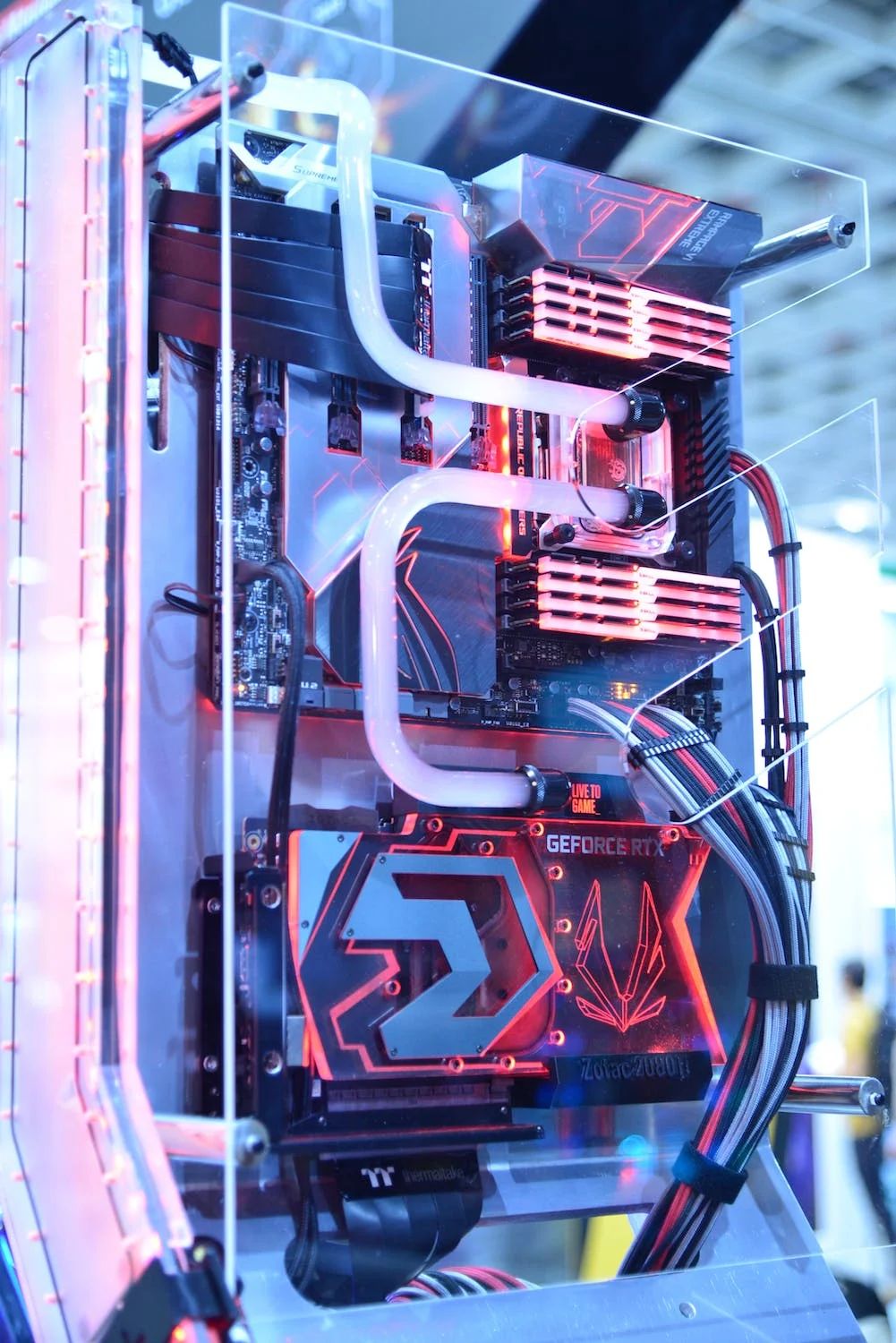The world of computers is continually changing and evolving, and graphics cards and GPUs (Graphics Processing Units) are no exception. With constant advancements in computing power, memory capacity, and energy efficiency, new offerings promise to revolutionize various industries, including gaming, artificial intelligence, and even quantum computing. I figured why not take a sneak peek at the exciting future of graphics cards and GPUs – and think about what applications and innovations that they might unlock.
The introduction of real-time ray tracing makes an interesting beginning point, for starters. This technique provides stunningly realistic lighting and reflections by simulating the behavior of light as it interacts with objects in a scene. While ray tracing has been possible in offline rendering for years, the computational power required for real-time rendering was only recently made possible by the latest GPUs from NVIDIA and AMD.
But of course (as I’m sure you’re aware) AI-powered graphics are becoming increasingly prevalent too, with deep learning techniques being used to improve image quality, increase rendering speed, and even create entirely new visual effects. NVIDIA’s Deep Learning Super Sampling (DLSS) is one example of AI-driven graphics technology, which leverages artificial intelligence to upscale lower-resolution images while maintaining high visual quality. You don’t have to be a futurist or keynote speaker to anticipate that you’ll see even more AI-powered graphics solutions in the future, further enhancing the capabilities of GPUs.
As these accessories become more powerful, they also tend to consume more energy, though. Such increased power consumption presents a challenge for both the environment and system builders. To address this issue, companies like NVIDIA and AMD have begun prioritizing energy efficiency in their latest GPUs. Through a combination of more efficient architectures, advanced power management techniques, and new manufacturing processes, future graphics cards will deliver higher performance while using less energy.
Beyond power savings, the industry is also focusing on sustainability by reducing the environmental impact of GPUs throughout their lifecycle. This includes utilizing recycled materials, reducing waste, and ensuring that graphics cards can be easily recycled or repurposed at the end of their life.
As for potential uses, while gaming has been the primary driver for GPU innovation, the future of graphics cards and GPUs extends far beyond this industry. With powerful parallel processing capabilities, new models have become essential for a wide range of applications, including artificial intelligence, scientific research, and even cryptocurrency mining.
As GPUs continue to advance, their potential applications will only grow. For example, the hardware is expected to play a crucial role in the development of quantum computing. The parallel processing capabilities of graphics processors can be used to simulate quantum systems, accelerating research and development in this field.




